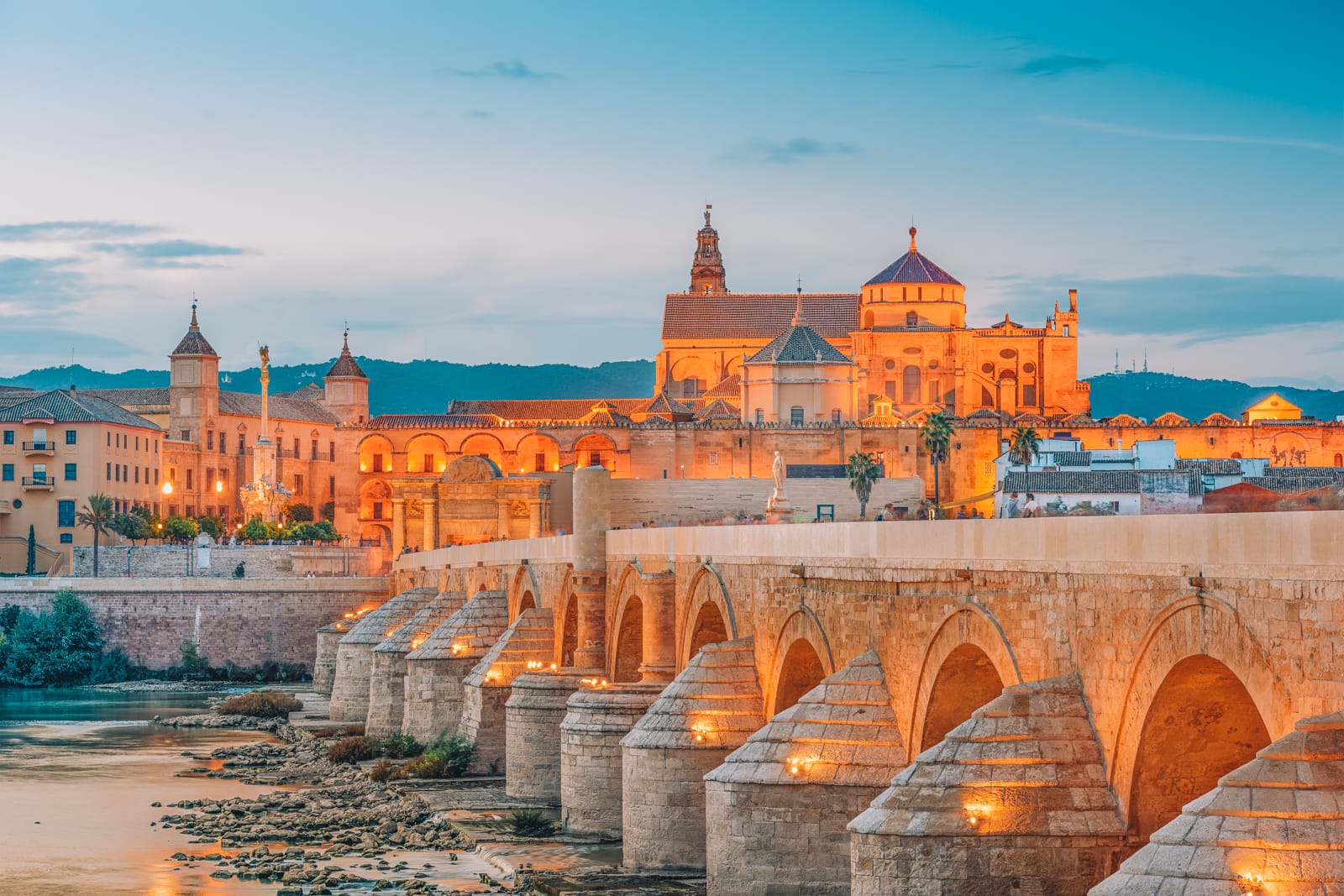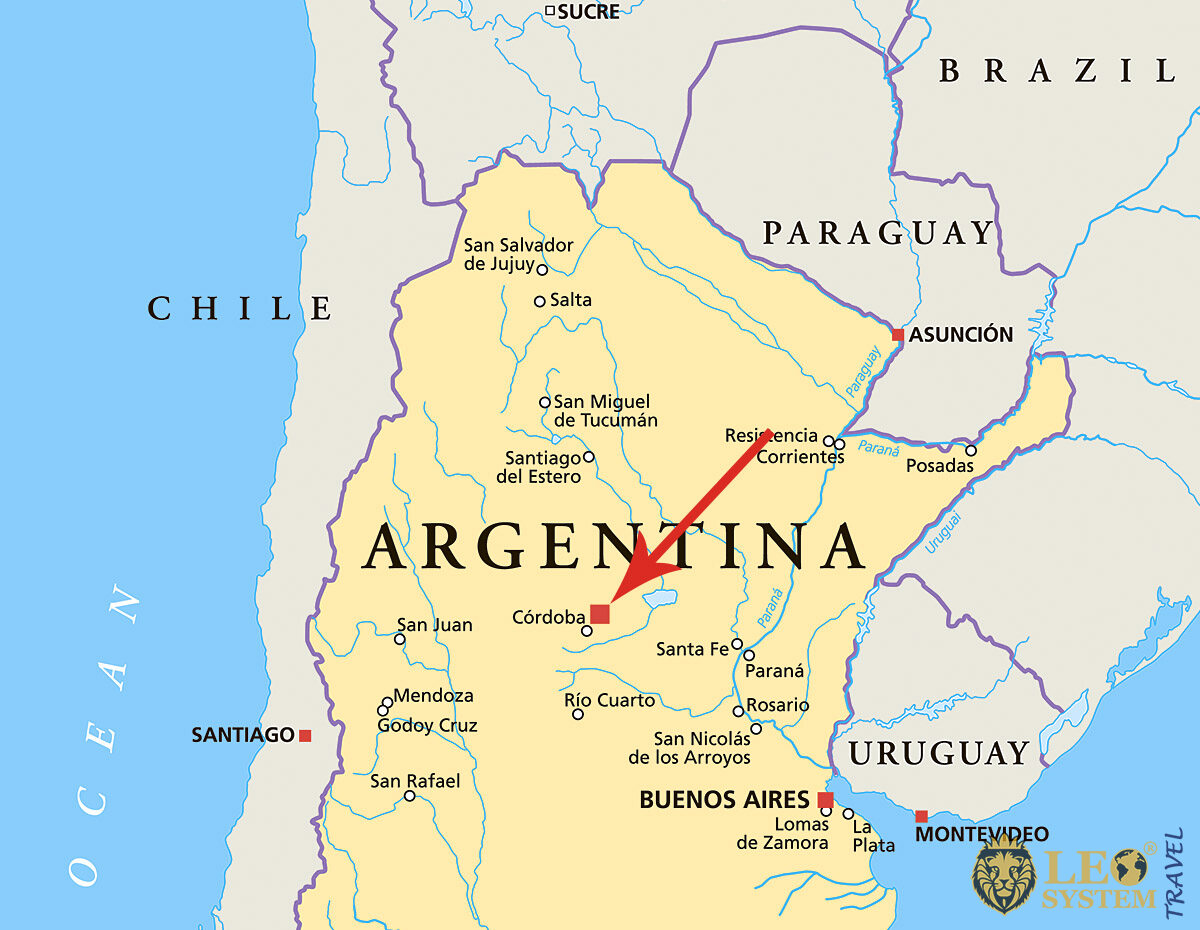As the second most populous province in Argentina, Córdoba will hold its gubernatorial elections, setting the stage for the upcoming presidential race.
This contest carries national implications with internal elections, alliances, and dynamics unique to the province.
On June 25, all eyes will be on Córdoba’s electoral contest amidst the ongoing presidential race.
This coveted province, which accounts for 9% of the national population and 10% of production, becomes a significant battleground for ambitious candidates.

For the past 24 years, Córdoba has been governed by a Peronist space distinct from the national Peronist leadership of the Frente de Todos (center-left) currently in power.
The alliance, known as Hacemos Unidos por Córdoba, seeks to maintain control of the province.
However, as the incumbent governor Juan Schiaretti cannot seek re-election due to consecutive term limits, the front has chosen Martín Llaryora, the mayor of the provincial capital, as its candidate.
On the opposition side, Luis Juez, former mayor of Córdoba city and current senator, represents Juntos por el Cambio (center-right).
However, internal conflicts within the opposition party may hinder Juez’s path to the governorship.
Despite indications favoring the ruling party, political scientist Ignacio Liendo points out to Sputnik that their weak points, namely security and education, are recurring demands in urban areas.
Additionally, internal conflicts within Juntos por el Cambio between pre-candidates Horacio Rodríguez Larreta and Patricia Bullrich further complicate the race.
Córdoba’s political landscape offers a more intricate picture than the national divide between Juntos por el Cambio and Peronism.
The province had long been governed by the Unión Cívica Radical before De la Sota’s 1999 victory, which saw the birth of Cordobesismo—a Peronist movement camouflaged under a broader identity.

Over time, Cordobesismo distanced itself from Peronism and sought alliances across party lines.
Today, the ruling party’s candidate, Llaryora, aims to downplay the Peronist label and has formed alliances with leaders from different traditions.
Córdoba’s shifting political positioning reflects the province’s history of protest and social movements, gradually moving toward moderation in the post-dictatorship era.
The outcome of Córdoba’s elections will serve as an important indicator of the province’s political landscape and its impact on the upcoming presidential race.

